Want to go to Mars? Know the solar flare danger that can even kill you
The idea of a colony on Mars is fascinating, but there is a possibility that humans would not even make it to the red planet. The reason? Solar flares and CME. Check details.
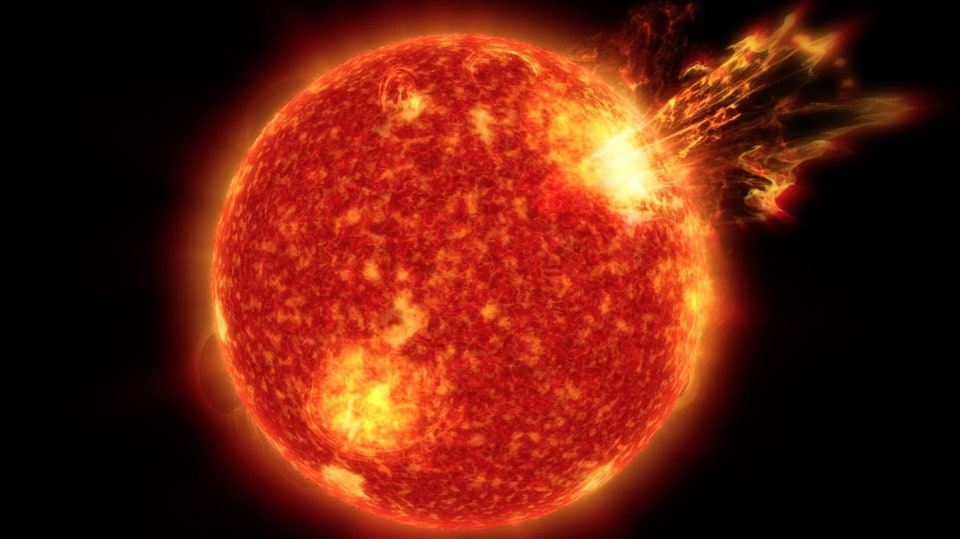
_1650614444757_1650614518141.png)
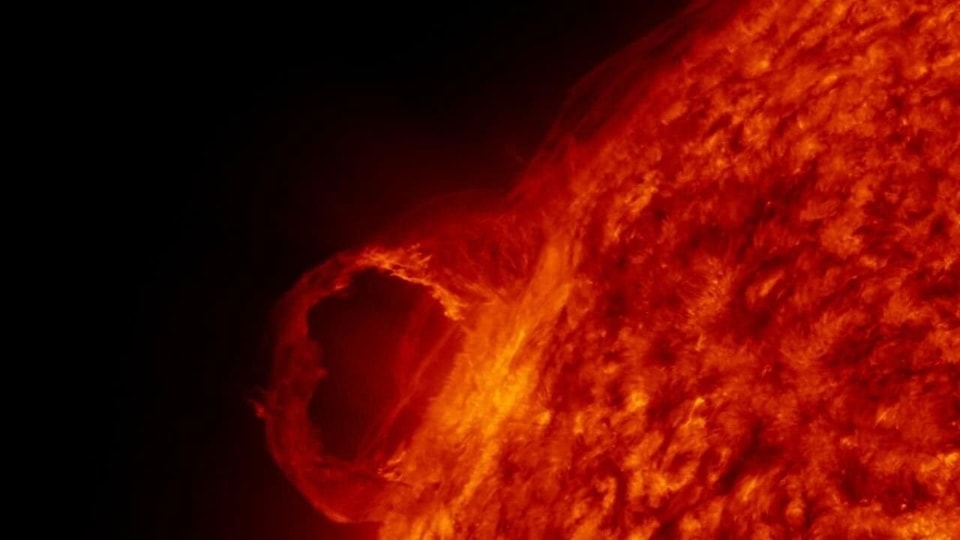
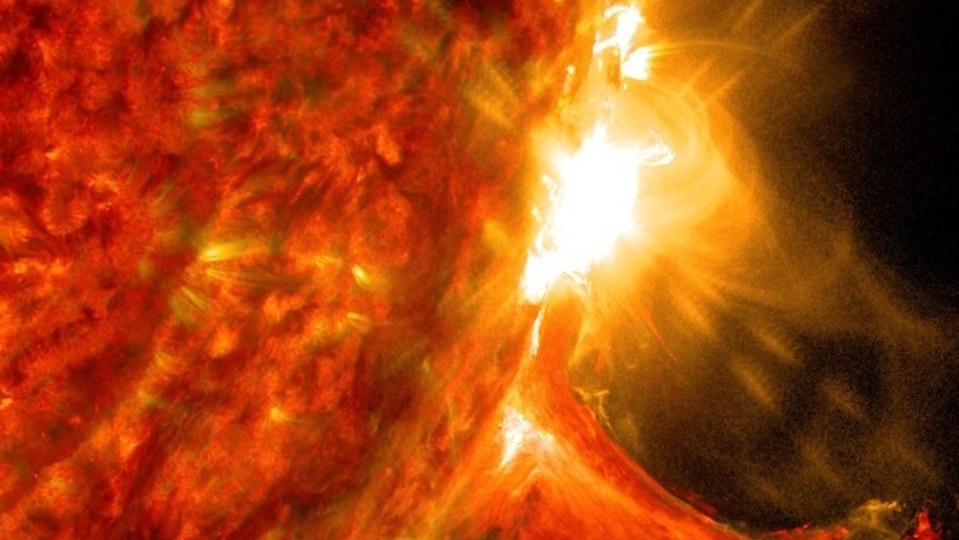

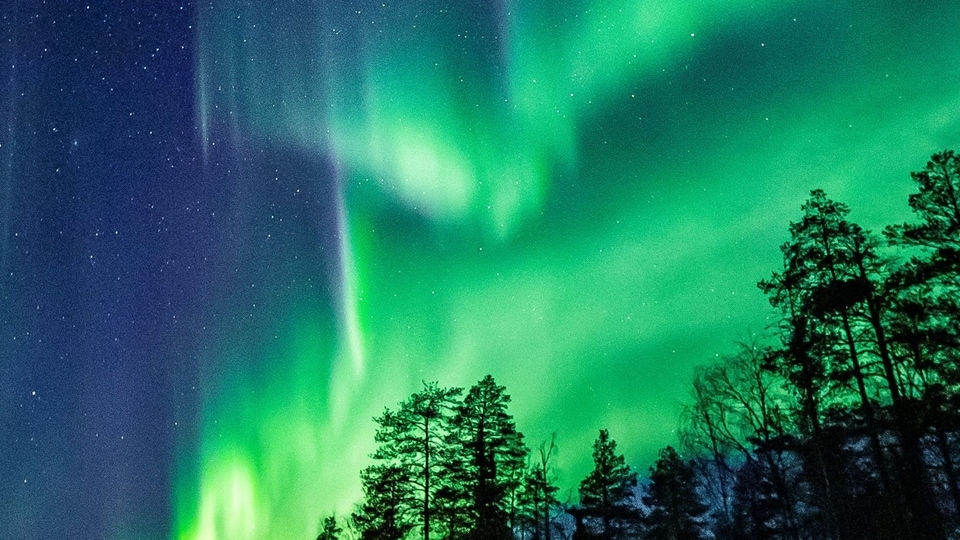
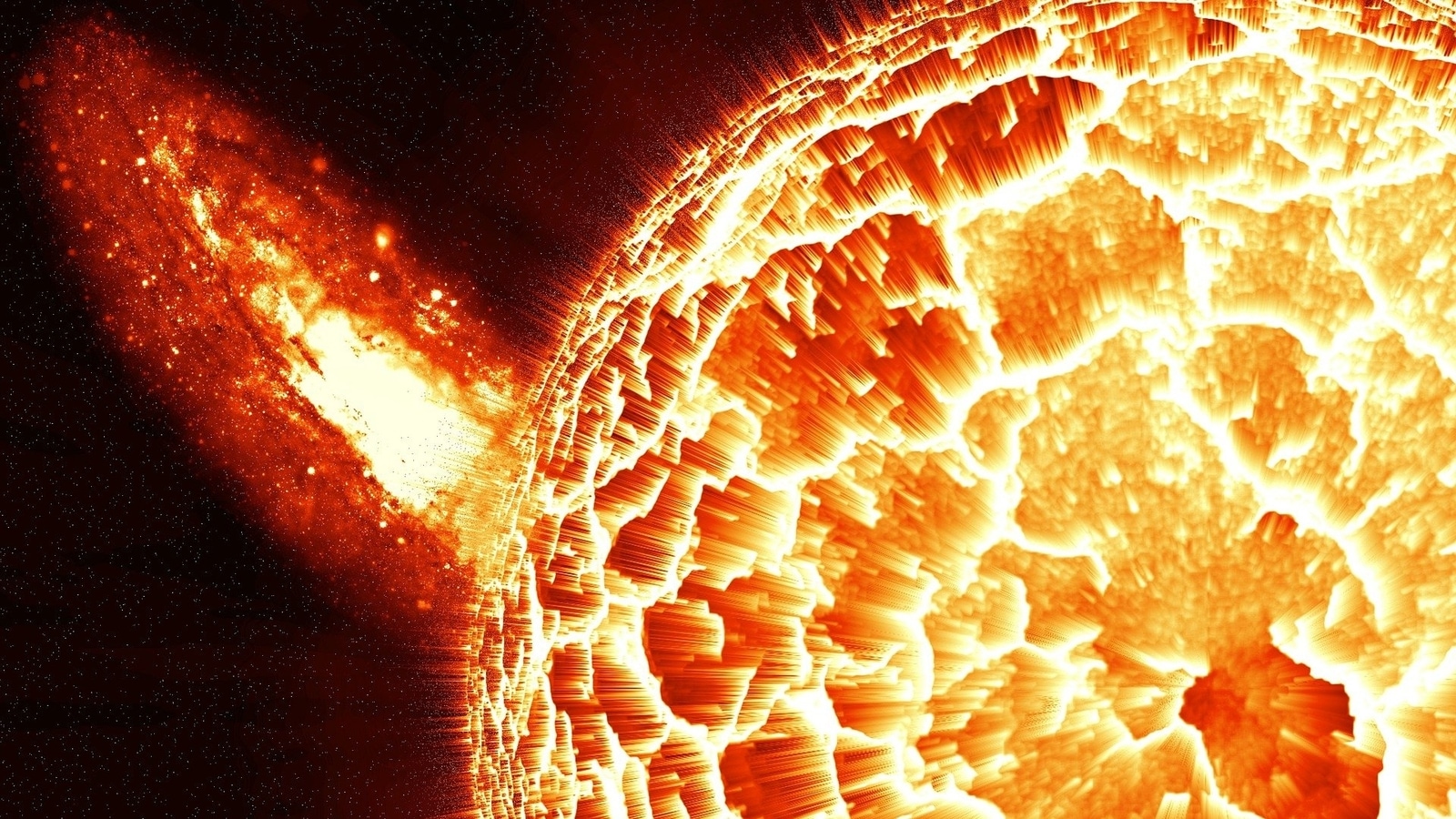
 View all Images
View all ImagesAfter yesterday's success of the Chandrayaan-3 mission, the excitement in the astronomy community is at an all-time high. Many are already wondering about other new achievements India and the world can unlock. And among the huge bucket list of ideas about space exploration, one thing has always remained on top - a manned mission to Mars could pave the way for building a colony on the red planet. However, a NASA scientist has warned us that this dream may just not be possible in the near future with the current technology that we have. Why? It's because the radiation from solar flares and coronal mass ejections (CME) will kill us long before we ever reach Mars.
NASA scientist Dr. Michelle Thaller spoke with The US Sun and explained that the technology we have at the moment is simply not enough to protect the astronauts that will be traveling to Mars. The biggest challenge is space radiation. On Earth, we are protected by it due to the ozone layer and the upper atmosphere which absorbs all the radiation hits to ensure the Earth does not have to be exposed to them.
But in the space, there is nothing to protect humans. In a journey that can be as long as 9 months, avoiding radiation coming from solar flares and CMEs would be extremely difficult.
Solar flares can kill astronauts on the way to Mars
While normal radiation exists in space anyway, the intensity of this radiation increases multifold when a solar flare erupts on the Sun, or a CME sweeps over an area in space. Recently, some scientists found a correlation between the clouds of Neptune dying with increased solar activity on the Sun. And if the Sun can affect Neptune, the farthest planet in the solar system, it can definitely affect spacecraft between Earth and Mars.
This radiation is so potent that it can cause radiation poisoning, various types of cancer, degenerative and genetic disorders, and even death.
And this could be a major limiter in Earthlings going to Mars by 2050, a deadline, SpaceX CEO Elon Musk has given himself to transport 1 million people to Mars.NASA astronaut Stan Love told The US Sun that there is simply no chance of creating a human colony by that time.
Catch all the Latest Tech News, Mobile News, Laptop News, Gaming news, Wearables News , How To News, also keep up with us on Whatsapp channel,Twitter, Facebook, Google News, and Instagram. For our latest videos, subscribe to our YouTube channel.





























